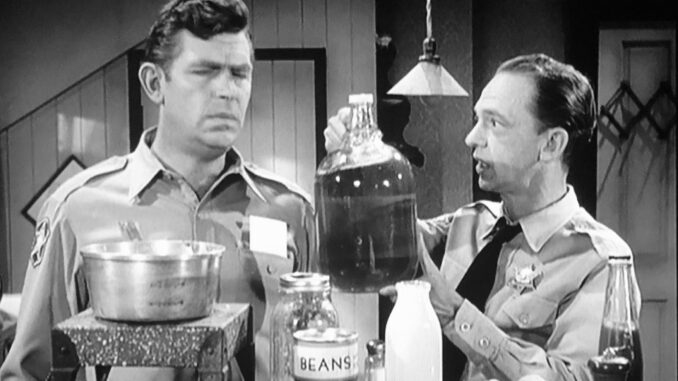
“`html
The air in Barney’s Apartment Building always held a certain… aroma. On most days, it was a blend of Mrs. Higgins’ rose perfume and Mr. Fitzwilliam’s pipe tobacco. But on Tuesdays, things took a decidedly different turn, courtesy of the infamous Chili Pot and the annual “Upstairs Fever.” It was a day etched in the building’s history, a day when communal harmony threatened to dissolve into a spicy, simmering chaos, especially in Room 1.
The Chili Pot Crucible
The Chili Pot itself was a legendary object. A massive, dented, enamel pot, it was Barney’s pride and joy. Every year, he’d meticulously prepare his secret chili recipe, a concoction so potent it was rumored to induce visions. He generously shared this culinary creation with the entire building, setting it up in the hallway outside his apartment. It was meant to foster community spirit, but often, the opposite occurred.
The key problem wasn’t the chili itself – though its five-alarm flavor certainly played a role. The issue was the upstairs apartments, specifically Room 1, occupied by the perpetually unfortunate and increasingly paranoid Gerald. Gerald was, to put it mildly, sensitive to spice. He possessed a nose that could detect a single peppercorn from across the building and a digestive system that reacted to even the mildest paprika with volcanic fury.
Gerald’s “Upstairs Fever” wasn’t a literal illness, but a state of simmering dread and escalating anxieties triggered by the pungent aroma of Barney’s chili wafting upwards. The fumes seeped through the floorboards, the window cracks, even the air vents, permeating every fiber of Gerald’s being. His routine on Chili Tuesday was always the same:
- Step 1: Close all windows and doors, sealing them with duct tape.
- Step 2: Stuff towels under every possible crack.
- Step 3: Don a gas mask (a relic from his grandfather’s amateur beekeeping days).
- Step 4: Consume copious amounts of milk (believed to be a neutralizer of chili fumes).
- Step 5: Endure the day, oscillating between mild discomfort and existential terror.
This year, however, things were different. Barney, in a moment of uncharacteristic ambition, had added a new ingredient to his chili: a ghost pepper, rumored to be hotter than the surface of the sun. The resulting aroma was less of a pleasant spice and more of a biohazard.
The effects on Gerald were immediate and dramatic. He barricaded himself in his apartment, the gas mask perched precariously on his nose. The duct tape bulged under the pressure of the chili fumes. He even attempted to call the fire department, but the dispatcher, familiar with Gerald’s annual chili-induced hysteria, politely suggested he try drinking more milk.
The climax arrived when Gerald, driven to the brink of madness, climbed out his window and onto the fire escape, shouting warnings about the “toxic airborne chili menace.” He was eventually coaxed down by a concerned Mrs. Higgins, who offered him a calming cup of chamomile tea (and a strong dose of antacids). Barney, realizing the error of his ghost pepper ways, discreetly removed the chili pot. The “Upstairs Fever” subsided, leaving behind a building smelling faintly of spices, paranoia, and the faint, lingering scent of chamomile.
While the Chili Pot was usually the source of trouble, it also highlighted the eccentric community in Barney’s apartment building. It was a reminder that even the spiciest situations could be resolved with a little understanding, a lot of duct tape, and maybe, just maybe, a good dose of milk.
“`
